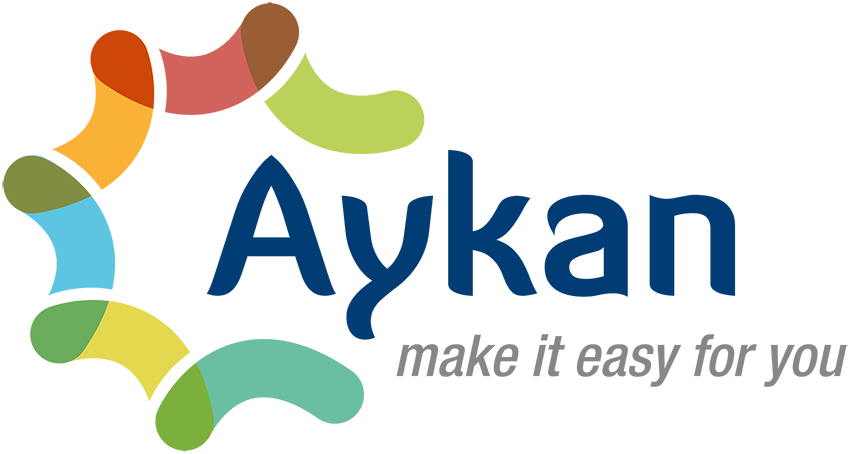Zapwrk is a modern, all-in-one local services marketplace designed to help users find, book, and review trusted professionals in their area with just a few clicks. Whether you’re looking for a handyman, house cleaner, pet sitter, or moving help, Zapwrk makes the process fast, reliable, and secure. The platform brings together customers, freelancers, and businesses under one digital roof—offering intuitive navigation, verified service listings, rich provider profiles, and transparent pricing.
With a mobile-optimized interface and advanced features like real-time booking, Google Calendar integration, user reviews, and visual proof of job completion, Zapwrk is built to enhance trust, streamline communication, and ensure quality results. Its powerful filtering system makes it easy for users to discover services based on location, availability, ratings, and categories. For service providers, Zapwrk offers a flexible work environment, tools to manage their profile and bookings, and options for monetization through lead fees or subscriptions.
Whether you’re an independent freelancer, a growing service business, or a busy customer looking for help you can count on, Zapwrk delivers a seamless experience designed for today’s on-demand economy. From smart scheduling to job verification, payment protection, and review systems, every feature is tailored to make local service hiring simple, safe, and scalable. The sections below provide an in-depth overview of Zapwrk’s core features, technology integrations, and monetization strategies that make it a competitive, high-performing marketplace platform.
Comprehensive Feature Breakdown of Zapwrk:
1. UI/UX Improvements
The user interface (UI) and user experience (UX) are central to how users interact with Zapwrk. Enhancing the homepage and landing pages will ensure consistency across the platform, with a visual identity that resonates with both customers and service providers. A focus will be placed on intuitive layouts, modern design elements, and seamless navigation. Service listings will be redesigned with clear categorization, prominent pricing, visual indicators of availability, and trust badges. Provider profiles will become more engaging by showing bios, photos, ratings, and availability in a clean format. Additionally, advanced search functionality and layered filters (e.g., by rating, location, availability, service type, price range) will help customers find the right provider without friction. The goal is to make the platform intuitive, appealing, and easy to use, regardless of technical skill level.
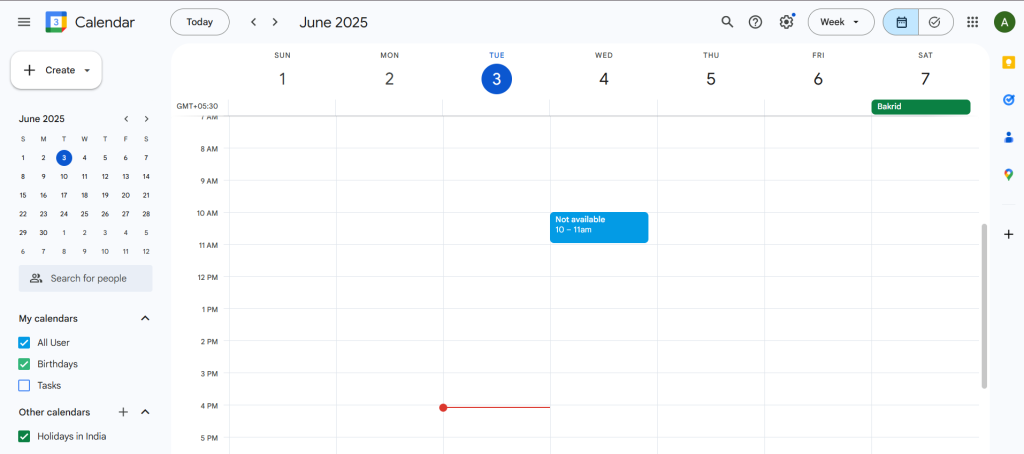
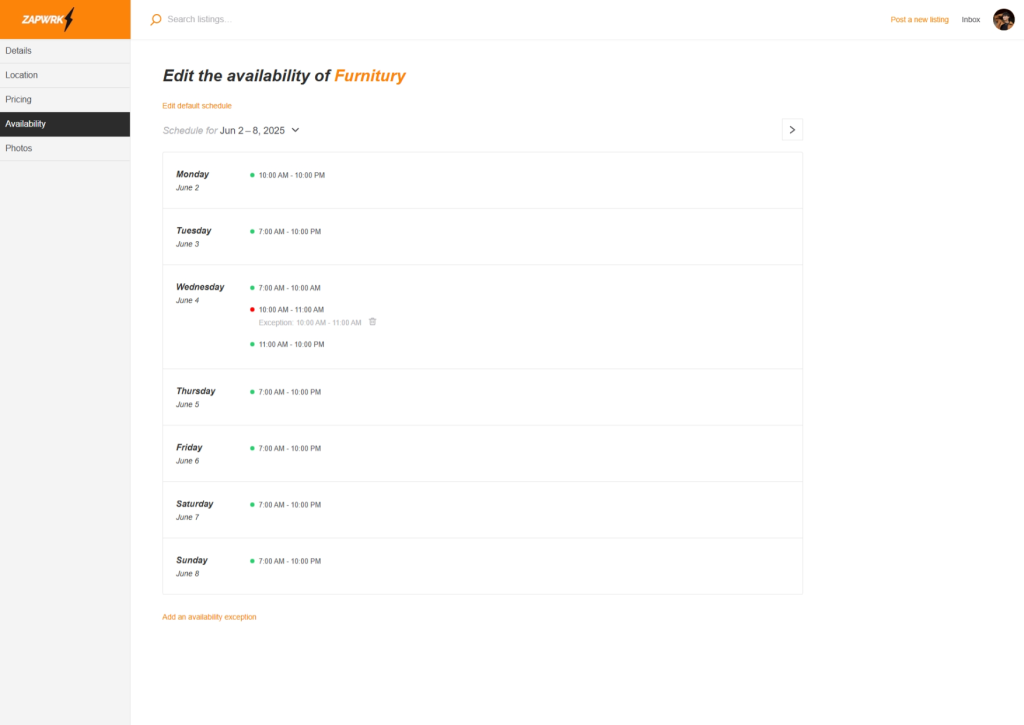
2. API Integrations for Google Calendar Sync
To help service providers better manage their availability and reduce scheduling conflicts, Zapwrk will integrate with Google Calendar through API. When providers accept bookings, those time slots will automatically sync to their connected calendar. Likewise, any blocks in the provider’s calendar (like personal events or prior commitments) will reflect on their availability on Zapwrk. This real-time integration ensures providers have a single source of truth for scheduling, reducing missed appointments, double bookings, and confusion. It also simplifies the overall management of their service commitments across platforms they use in daily life.
3. Mobile Optimization
Given that a significant percentage of users are likely to access Zapwrk via smartphones, optimizing the platform for mobile devices is a priority. This includes ensuring fast page loads, responsive designs, and mobile-first navigation. All booking forms, filters, and service interactions will be optimized for touch gestures, with clear call-to-action buttons, collapsible menus, and readable content. The mobile experience will feel as powerful and user-friendly as the desktop version, allowing users to book, manage, and complete jobs on the go. Providers will also benefit by being able to accept jobs, update availability, and upload proof of work directly from their devices.
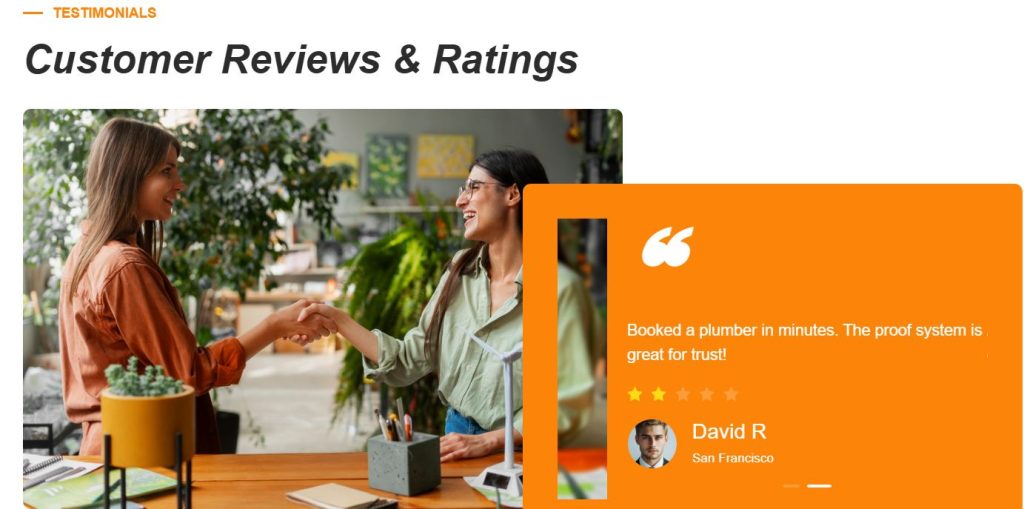
4. User Profiles & Reviews
To maintain trust and transparency, all user types—customers, freelancers, and businesses—will be part of a robust 5-star review and rating system. After each service is completed, both parties will be prompted to rate their experience and leave written feedback. Reviews will help future users assess quality and reliability while motivating providers to deliver excellent service. The ratings will be publicly visible on profiles and influence platform rankings. This system not only creates accountability but also fosters a community where quality work is rewarded and customer satisfaction is prioritized.
5. Service Provider & Business Profiles
Service providers, including both freelancers and businesses, will have customizable profiles to showcase their brand, services, and experience. Providers can create detailed bios describing their expertise, service area, and approach. They can upload work samples—photos, videos, or portfolios—to demonstrate quality and build credibility. To amplify their online presence, social media links (TikTok, Instagram, Facebook, YouTube, and X) can be added to their profile. This allows potential customers to explore more about their work style, personality, and reputation before hiring. Businesses will also benefit from a branded profile that can attract more leads and establish professional trust.

6. Booking & Job Management
The booking system will allow customers to select services in 1-hour time blocks, giving flexibility to choose exact service times that suit their schedule. Providers can set their available time slots, allowing for easy calendar management and optimized workdays. Customers will see real-time availability and receive instant confirmation upon booking. On the backend, service providers will have tools to manage upcoming jobs, view customer details, communicate directly through a messaging system, and manage cancellations or rescheduling. This helps both parties stay organized and informed, reducing friction and enhancing service reliability.
Recommended Blog: Maskinmarkedet: Simplifying the Way Construction Equipment is Rented!
7. Job Completion Verification
To ensure accountability and protect both customers and providers, a job completion verification system will be in place. Once a provider finishes a job, they will upload proof of completion—such as photos, notes, or checklists. The customer will review this and then confirm the job is completed to their satisfaction. Only after this confirmation will the payment be released to the provider. This process mimics trusted models like Uber’s delivery verification, creating transparency and giving both sides confidence in the transaction. It also serves as a dispute resolution layer, reducing chargebacks and platform abuse.
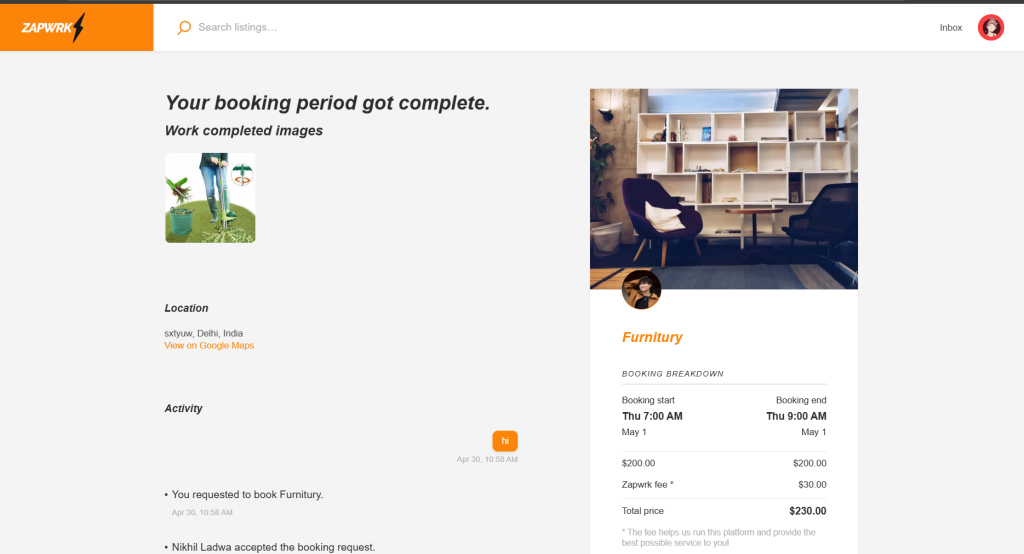
8. Payment & Fees
Zapwrk’s monetization strategy includes a multi-layered fee structure to ensure sustainability while providing value:
Service Provider Booking Fee: A small commission will be deducted from each booking to help cover platform costs and discourage no-shows.
Customer Booking Fee: A nominal fee added to bookings will help offset customer support, payment gateway fees, and platform upkeep.
Business Account Monetization: Business users can choose to pay per lead (i.e., when they receive a booking) or subscribe monthly for premium benefits like higher visibility, lead tracking, and featured listings. Additionally, each business can have a shareable profile link and track conversions through their unique URLs. This flexibility supports small businesses and scaling enterprises alike, while giving Zapwrk consistent revenue options.
9. Sign-Up & User Flow
A frictionless onboarding process is crucial for growth. Zapwrk will include a prominent “Become A Worker” CTA to encourage signups from freelancers and businesses. On registration, users will select their role—Customer, Freelancer, or Business—and follow a tailored onboarding experience based on that selection. For system integrity, once a user signs up as a Customer, they cannot later change roles within the same account to prevent misuse or confusion. Providers will be guided to complete their profile, verify identity (if needed), and list their services. Businesses will also be guided to upload branding materials and set lead preferences. This clarity and role separation make the platform easier to manage and more secure.
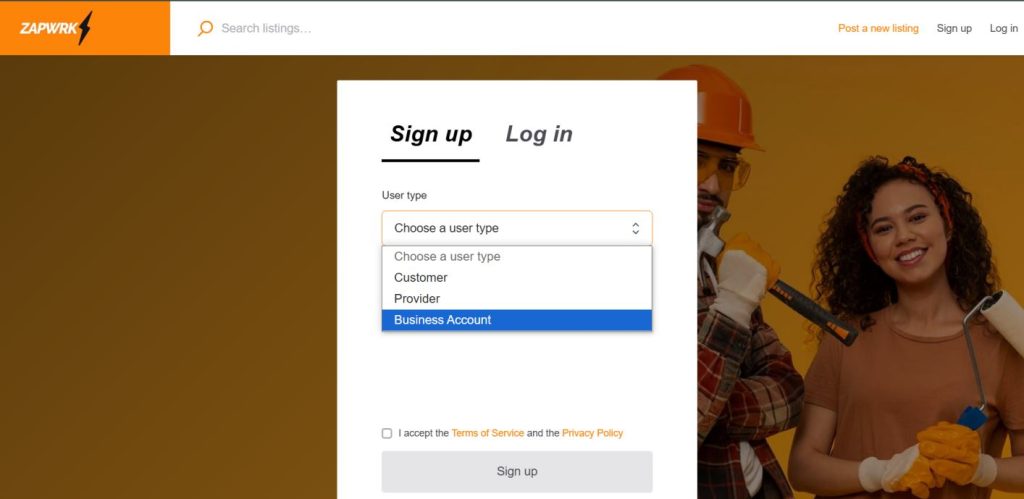
10. Google Analytics (GA4) Integration
To monitor user behavior and optimize the platform’s performance, Google Analytics 4 (GA4) will be implemented across key pages. This includes event tracking for user sign-ups, service searches, bookings, payments, and page navigation. GA4 offers deeper insights into user behavior across devices and allows the team to identify bottlenecks or drop-offs in the user journey. For enhanced flexibility, Google Tag Manager can be integrated to track custom events and conversions without needing code changes. This tracking will support marketing campaigns, A/B testing, performance optimization, and reporting—essential for growth and data-driven decision-making.
Conclusion
Aykan’s strategic feature rollout marks a significant step forward for Zapwrk’s mission to streamline and modernize how customers connect with trusted local service professionals.
In summary, Zapwrk combines a thoughtfully designed user interface with powerful features that cater to both customers and service providers, creating a seamless and trustworthy marketplace experience. From customizable UI/UX and advanced search filters to flexible booking options, real-time job verification, and integrated payment management, every aspect of the platform is geared toward enhancing efficiency, transparency, and user satisfaction.
By incorporating robust review systems and monetization models, Zapwrk not only fosters quality and reliability but also supports sustainable growth for freelancers and businesses alike. With continuous improvements such as mobile optimization and analytics integration, Zapwrk is well-positioned to meet the evolving needs of the on-demand service economy and deliver exceptional value to its users.
